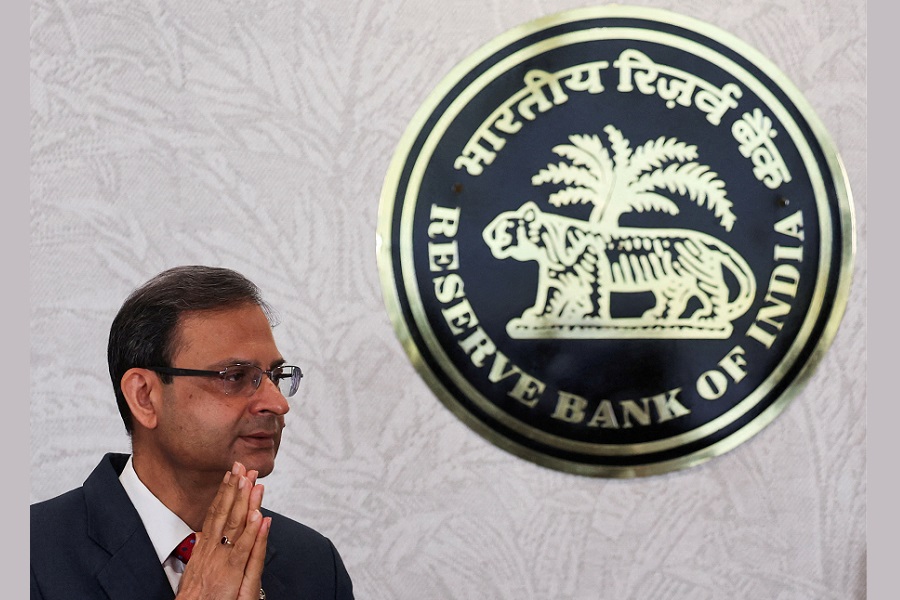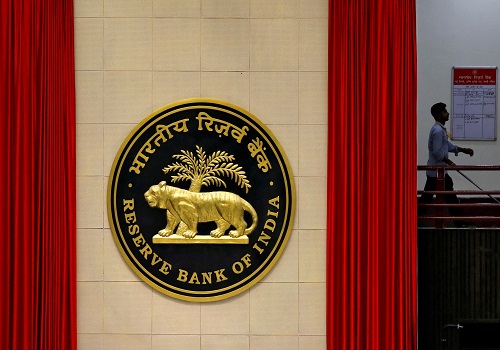The Role of Monetary Policy in Shaping Wealth Creation Strategies

Monetary policy plays a crucial role in shaping the economic landscape, directly influencing wealth creation strategies for individuals, businesses, and investors alike. It refers to the actions taken by a nation's central bank to manage the money supply, control inflation, and stabilize the currency. Through tools like interest rates, reserve requirements, and open market operations, central banks influence the cost of borrowing, investment, and ultimately, wealth generation.
Understanding Monetary Policy and Its Impact on Wealth
Monetary policy can be broadly classified into two types: expansionary and contractionary. Each type has different effects on wealth creation:
Expansionary Monetary Policy: This approach is used to stimulate economic growth, typically by lowering interest rates and increasing money supply. When interest rates are reduced, borrowing becomes cheaper for consumers and businesses, encouraging spending and investment. This can lead to an increase in stock market valuations, a rise in asset prices, and overall economic growth—benefiting wealth creation. However, excessive money printing can lead to inflation, diminishing purchasing power in the long run.
Contractionary Monetary Policy: This approach is used to curb inflation and cool down an overheated economy. By raising interest rates and reducing the money supply, central banks aim to reduce spending and borrowing. While this can prevent inflation from spiraling out of control, it may also slow economic growth and reduce the potential for wealth accumulation in the short term.
The Connection Between Monetary Policy and Wealth Creation
Monetary policy influences various aspects of wealth creation, including:
Investment Strategies: A lower interest rate environment encourages individuals to invest in equities, bonds, and real estate, which typically offer higher returns than savings accounts. The stock market, in particular, tends to perform well in periods of low interest rates, benefiting those with equity-based portfolios. Conversely, rising interest rates might prompt investors to shift their focus to fixed-income securities or safer assets, impacting long-term wealth growth.
Real Estate: Central bank policies that influence borrowing costs directly affect the real estate market. In periods of low interest rates, home buyers and real estate investors find it easier to secure mortgages, driving demand and boosting property values. This can lead to wealth creation through capital appreciation and rental income.
Business Growth and Employment: When monetary policy fosters a favorable business environment, it encourages entrepreneurship and innovation. Lower borrowing costs allow businesses to expand, hire more workers, and increase productivity, which contributes to higher incomes and wealth generation. However, higher interest rates may hinder business expansion and employment growth, limiting wealth creation potential.
Inflation and Asset Protection: Inflation erodes purchasing power, reducing the value of money over time. Central banks aim to keep inflation within a target range to preserve the purchasing power of the currency. For wealth creation, this stability is crucial, as inflation can diminish the value of savings and investments. By maintaining low and stable inflation, central banks help ensure that wealth is not eroded, especially for long-term investors.
The Future of Monetary Policy and Wealth Creation
As global economies continue to navigate complex challenges such as geopolitical tensions, technological advancements, and climate change, central banks are likely to adopt more nuanced approaches to monetary policy. Investors will need to stay informed about policy shifts to adapt their wealth creation strategies accordingly. The role of monetary policy will continue to be pivotal in balancing growth, inflation, and financial stability, all of which directly impact individual and collective wealth.
By understanding the intricate relationship between monetary policy and wealth creation, individuals can make informed investment decisions, better manage risks, and optimize their financial strategies for long-term prosperity.

.jpg)


.jpg)

.jpg)

.jpg)














